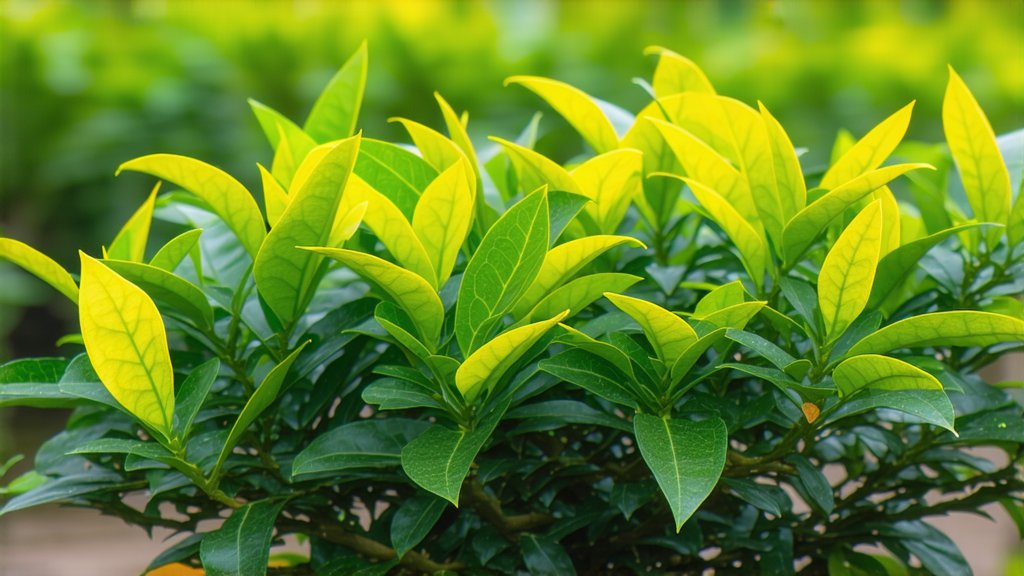
In the vast and diverse landscape of Chinese tea culture, few varieties capture the essence of elegance and refinement quite like Junshan Yinzhen, a premium yellow tea hailing from the picturesque Junshan Island in Hunan Province. This exquisite tea, with its delicate flavor profile and intricate production process, stands as a testament to centuries of tea cultivation mastery and cultural heritage. As we embark on a journey through the history, varieties, manufacturing techniques, and tasting rituals of Junshan Yinzhen, prepare to be enchanted by the golden allure of this exceptional beverage.
A Glimpse into History
The origins of Junshan Yinzhen can be traced back over a millennium to the Tang Dynasty (618-907 AD), during which time it was already revered as a tribute tea for imperial consumption. Its name, "Junshan Yinzhen," translates to "Silver Needles of Junshan," a fitting descriptor for its slender, needle-like buds that are often covered in a fine layer of downy fuzz, reminiscent of silver. Over the centuries, this tea has evolved alongside Chinese tea culture, adapting to changing tastes and preferences while preserving its core characteristics and traditional methods of production.
Varieties within the Species
While Junshan Yinzhen is the flagship variety of yellow tea produced on Junshan Island, the broader category of yellow tea encompasses several other fascinating types, each with its own unique terroir and flavor profile. These include Mengding Huang Ya (Yellow Sprout from Mengding Mountain), Huoshao Houba (Fire Baked Buddy), and Beiyuan Mian (Beiyuan Cotton). Each variety reflects the specific climatic conditions, soil composition, and artisanal skills of its region, contributing to the rich tapestry of Chinese yellow teas.
The Art of Crafting Junshan Yinzhen
The production of Junshan Yinzhen is an art form that requires meticulous attention to detail and adherence to time-honored practices. The process begins in early spring when only the youngest shoots, typically the first or second flush, are handpicked. These tender leaves and buds are then carefully spread out on bamboo mats for a unique micro-oxidation process known as "sealing yellow." During this stage, the freshly picked leaves undergo a controlled enzymatic reaction that transforms their green color to a characteristic yellow hue without the use of heat.
Following this initial phase, the leaves undergo a light steaming to halt further oxidation and fix their aroma and flavor. They are then gently rolled to release more of their natural oils and enhance their fragrance before being dried slowly over charcoal fires. This slow drying process not only preserves the tea's delicate flavors but also imparts a subtle smokiness that adds depth to its profile.
The Symphony of Taste: Tasting Junshan Yinzhen
Tasting Junshan Yinzhen is an experience that engages all the senses, inviting the drinker into a world of subtle complexity and refined taste. To fully appreciate this tea, one must follow the traditional Chinese tea ceremony, which emphasizes mindfulness and appreciation for each step of the process.
Begin by selecting a transparent glass teapot to observe the unfurling of tea leaves, which dance gracefully as they infuse. Use water heated to approximately 80°C (175°F) to avoid scalding the delicate leaves. Steep the tea for about 2-3 minutes, allowing ample time for the flavors to develop fully without becoming overly astringent.
As you take your first sip, notice the tea's pale gold color, almost ethereal in its translucence. The initial taste is gentle, with a sweet, vegetal note followed by a lingering umami finish. Subtle hints of floral and fruity undertones may emerge on subsequent sips, revealing the tea's layered complexity. The aftertaste is clean and refreshing, leaving a pleasant, slightly sweet sensation on the palate.
Conclusion
Junshan Yinzhen embodies the pinnacle of yellow tea craftsmanship, offering a window into the rich traditions and natural beauty of China's tea-growing regions. Its history spanning over a thousand years, its meticulous production process, and its nuanced flavor profile make it a cherished treasure among tea enthusiasts worldwide. As you savor each cup of Junshan Yinzhen, immerse yourself in the story it tells—one of delicate leaf at a time.